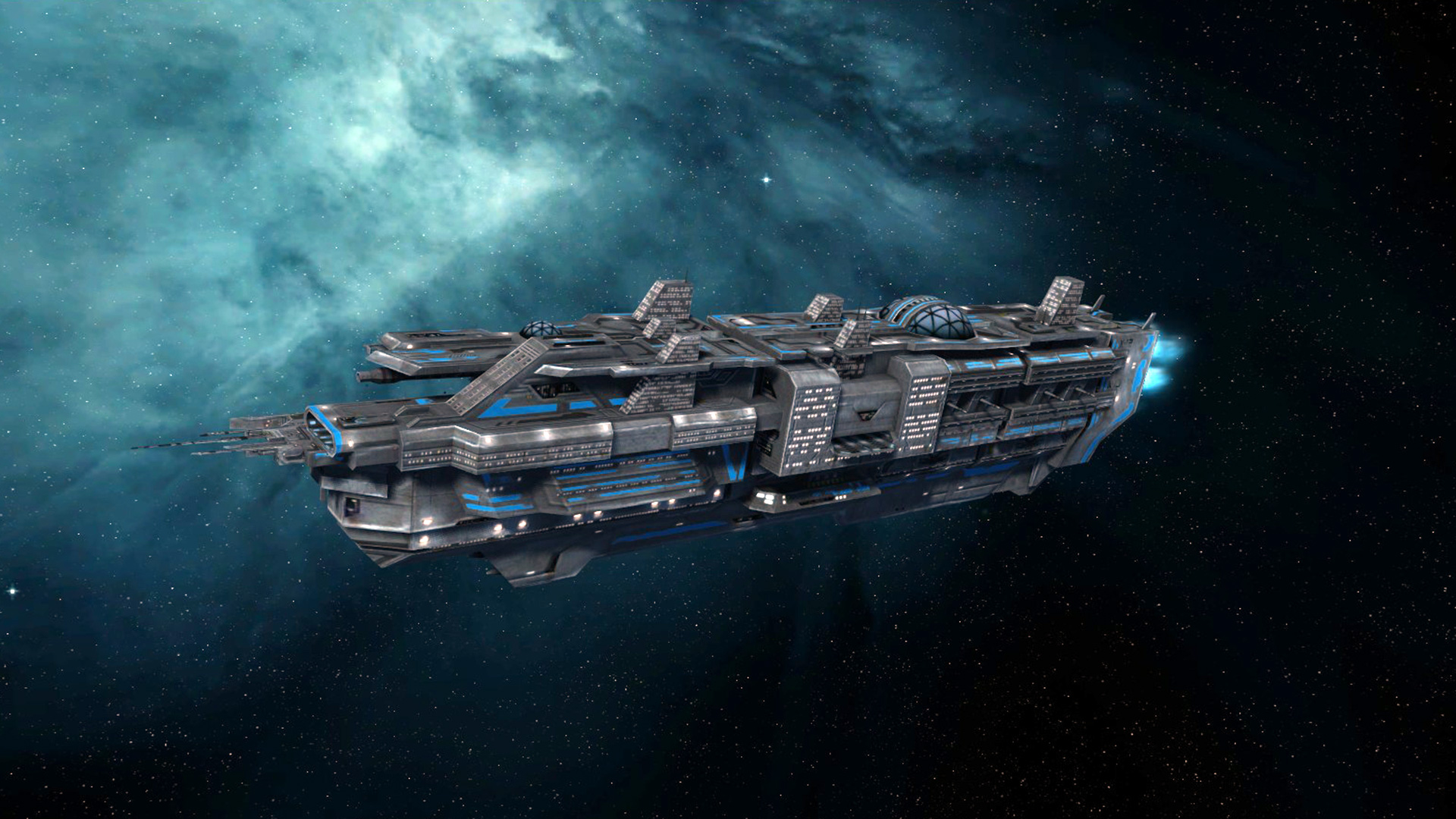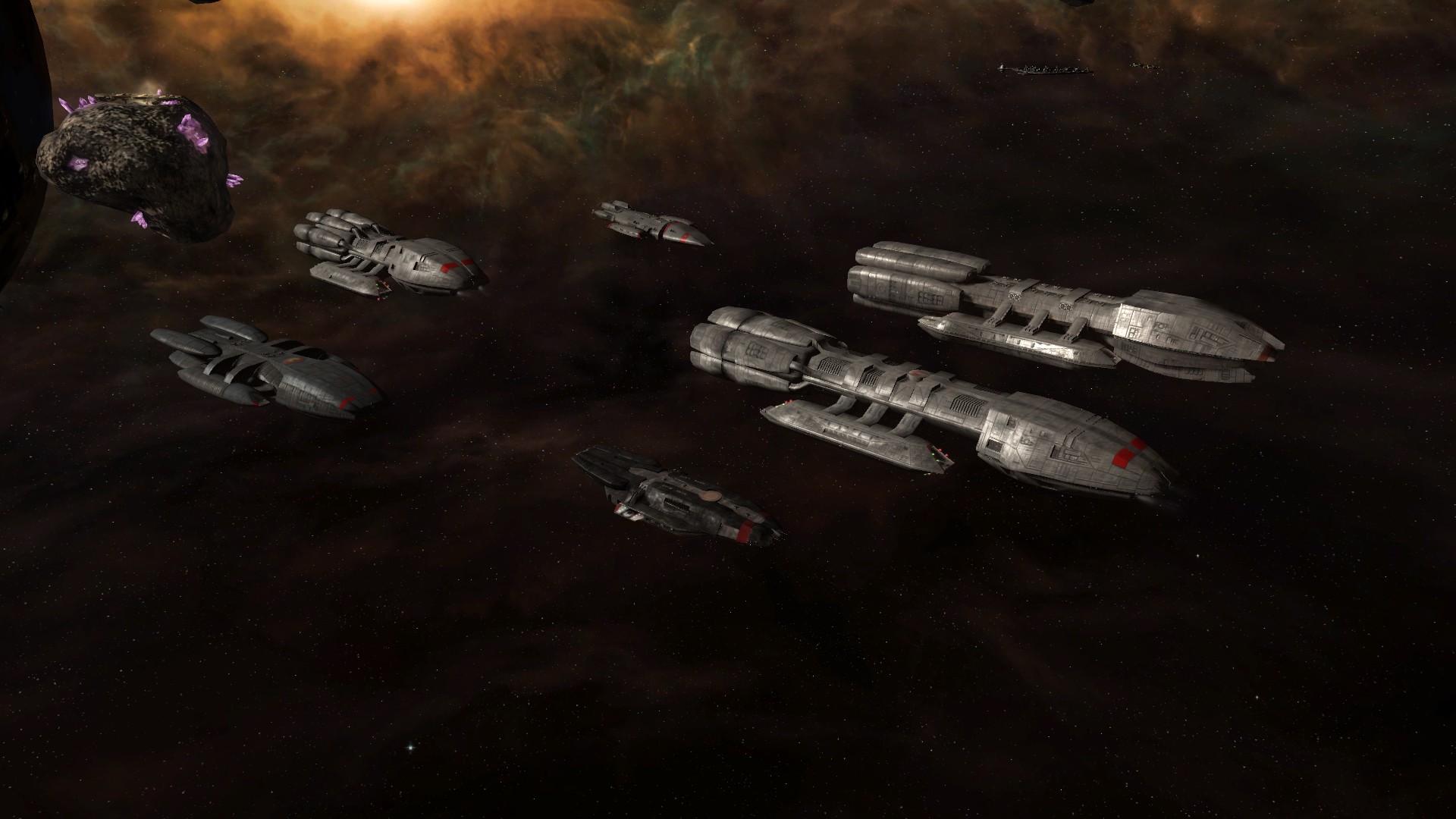
Ironclad had playable builds up and running very early to test out new ideas, expose unforeseen gameplay issues (of which there were many), get a head start on pacing (which would turn out to be the most difficult problem) and to try and hone the overall fun factor. We will explain how the unique partnership of developer Ironclad and publisher Stardock took what could have been a run-of-the-mill strategy game and turned it into one of the biggest PC gaming sensations in recent years.Ī Sins battle from an early gameplay testing build. This is the story of how this remarkable game came to be and more interestingly, how closely it skirted disaster. In addition, it was also the highest rated new game of 2008, sweeping editor's choice awards from Gamespot, PC Gamer, Games for Windows, GameSpy, IGN, and many more. However, it quickly took the game industry by storm thanks to its unique design, addictive gameplay, and grass roots community.īy March 2008, Sins was one of the top three best selling PC games at retail, despite most of its sales coming through digital downloads. Released in February 2008, Sins of a Solar Empire arrived on the scene with little fanfare. Sins of a Solar Empire combines trade, diplomacy, culture, and of course military might into a single epic gaming experience.

The result is a title with immense scalability as players can zoom in to see individual freighters delivering cargo to trade ports or zoom out to see multiple star systems orbiting distant suns all in a single fluid mouse motion.

Sins of a Solar Empire is a real-time strategy game that combines many elements typically seen in 4X (turn-based) games.

Postmortem: Ironclad/Stardock's Sins of a Solar Empire


 0 kommentar(er)
0 kommentar(er)
